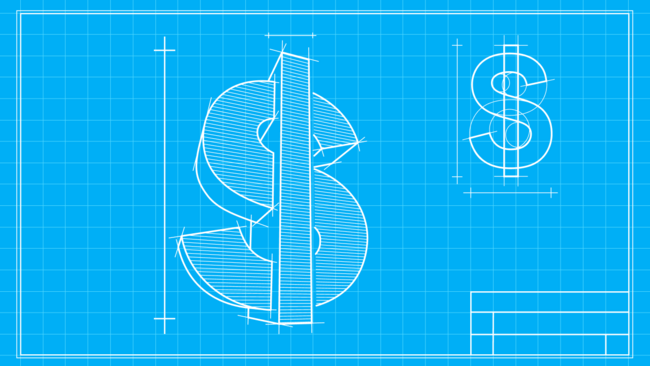The Currency
Nearly seven in 10 Americans (68%) believe that retiring well means reaching their savings goals. Here’s what people are focused on:
Nearly seven in 10 Americans (68%) believe that retiring well means reaching their savings goals. Here’s what people are focused on:
What can 529 funds be used for? Get a Sense Check
Money
Theme Slug
category--money
Pathauto Slug
money
Empower financial professional Nick Ryan answers the top questions families have about 529 plans: What the funds can be used for, what has changed recently, and what happens if your child doesn’t go to college.
Bonus tax rate: How bonuses are withheld in 2025 and 2026
Work
Theme Slug
category--work
Pathauto Slug
work
Tax withholdings can impact your work bonus and the methods employers use to calculate it. Learn what steps to take to minimize the impact of taxes on your bonus.
Tax 101: Understanding the basics
Life
Theme Slug
category--life
Pathauto Slug
life
Understanding the tax system can help individuals and businesses navigate their financial strategies to minimize the impact of taxes.
















